14. Scott Pilgrim vs. The World
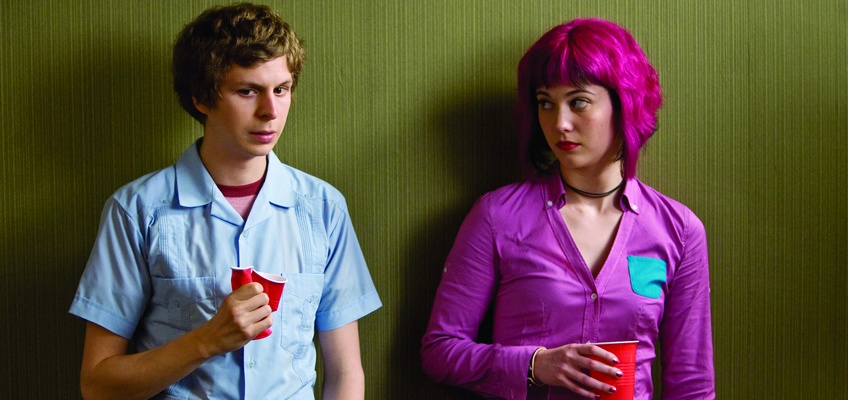
Comic book movies are often monotone: good triumphs over evil and then everything goes back to normal. This film is directed by Edgar Wright, which means it’s going to be different from what we are used to, but in a good way.
The hilarity of “Scott Pilgrim vs. The World” starts when the 23-year-old lead falls in love with Ramona Flowers, a cool skater gal with pink hair. He can’t stop thinking about her so they clumsily start dating each other. Then, Ramona informs Scott of something called The Evil Ex League, which is a group formed by Ramona’s former boyfriends that got together to control their ex’s future love life. Scott has to not only fight but defeat all of them to continue dating the cool skater lady.
As you may have imagined, this isn’t a conventional story. The whole setting has a videogame-esque aesthetic (nothing to do with “Pixels”). For example: when characters die they become coins, each person has a “level” of power, and you can earn extra lives when accomplishing a difficult goal.
The editing is the star of this movie. Wright is known for his fast-paced and hilarious montages (as the famous “Shaun’s plan” one from “Shaun of The Dead”), and in this film they’re everywhere. He also introduces visual sound effects like “boom!” or “smack!” to further the comic-like feeling.
The dynamism of the movie is incredible; the film is edited in a way that each scene feels natural, and they all flow like a river of great jokes through the whole run time.
The script is also magnificent. The characters have their unique personalities and interact with wonderful chemistry. This may be due to the pre-production, in which director Edgar Wright encouraged all the cast members to become friends, and the process was so long that at the end, the actors have known each other for months.
This movie is the easiest road to an afternoon of laughs, if that’s what interests you.
13. Hunger
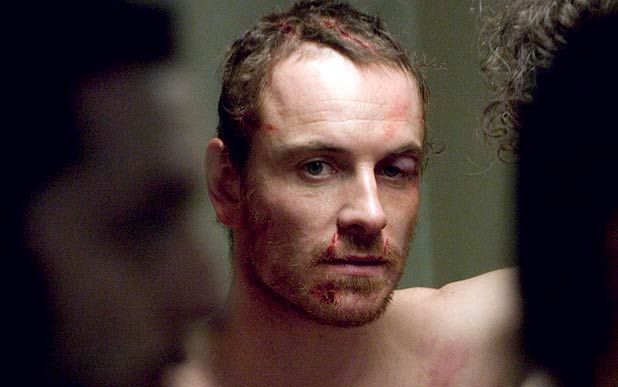
Before blowing everyone’s mind with “Shame”, director Steve McQueen concentrated his efforts on portraying the hunger strike of IRA member Bobby Sands (Michael Fassbender), which caused his death as well as the deaths of nine other Irish prisoners.
The tale being told isn’t easy to follow due to its unconventional pacing. McQueen isn’t interested in the political details; he prefers to illustrate the suffering and spirit of Sands, rather than providing details about his political situation. He does this in a fragmented way, and it succeeds in showing the conflicted mental state of the protagonist in a very stylized way. The director shows us a one-take dialogue between Sands and a priest. In that only scene, Fassbender expresses what his character stands for.
The camera movement is claustrophobic, almost attached to Fassbender’s face. The prison he’s in is dark when the environment is calm, and full of light when the political prisoners are being beaten up, so we don’t miss a bit of the abuse, much like the combat scenes in “Saving Private Ryan” in which the horror is in full view of the spectator thanks to the excessive lighting.
With a miniscule budget (£1.500.000), McQueen started his career strong with this film.
12. The Secret in Their Eyes
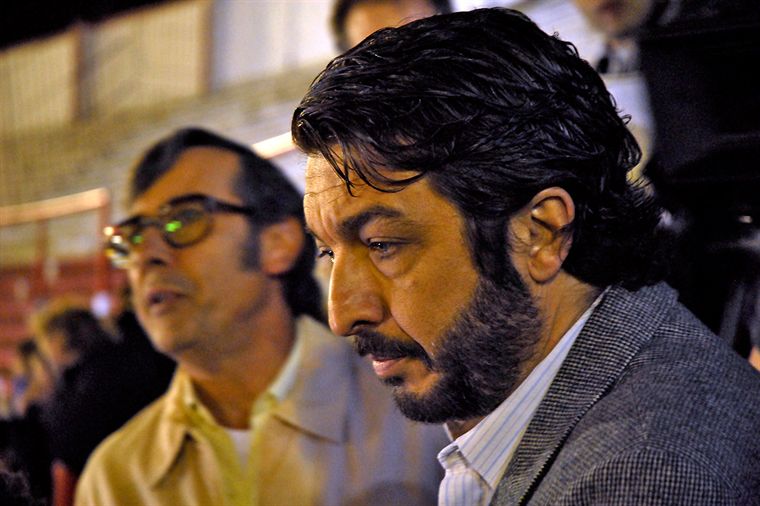
It is no secret that Argentinian cinema is the most developed cinema in Latin America. Although this is the first Argentinian movie that reached the IMDB Top 250 list and the second one to win an Oscar for Best Foreign Language Film, this country’s film industry has been growing nonstop since the 90s.
Ricardo Darín (“Wild Tales”, “9 Queens”) plays a legal counselor reminiscing about his toughest case. A woman was raped and murdered with no suspects, and the husband of the victim is devastated. When they do have a lead on a family member, he spends all his time at the train station hoping to find this man so he can take revenge.
The story is intense and full of unexpected plot points. Running for 2 hours and 10 minutes, director Juan José Campanella had plenty of time to develop the characters in a way that didn’t looked forced, where their later choices felt natural and true to their characters’ motives.
If you enjoy suspenseful crime movies with a well-constructed plot and top-notch cinematography, take a look at this thriller.
11. A Single Man
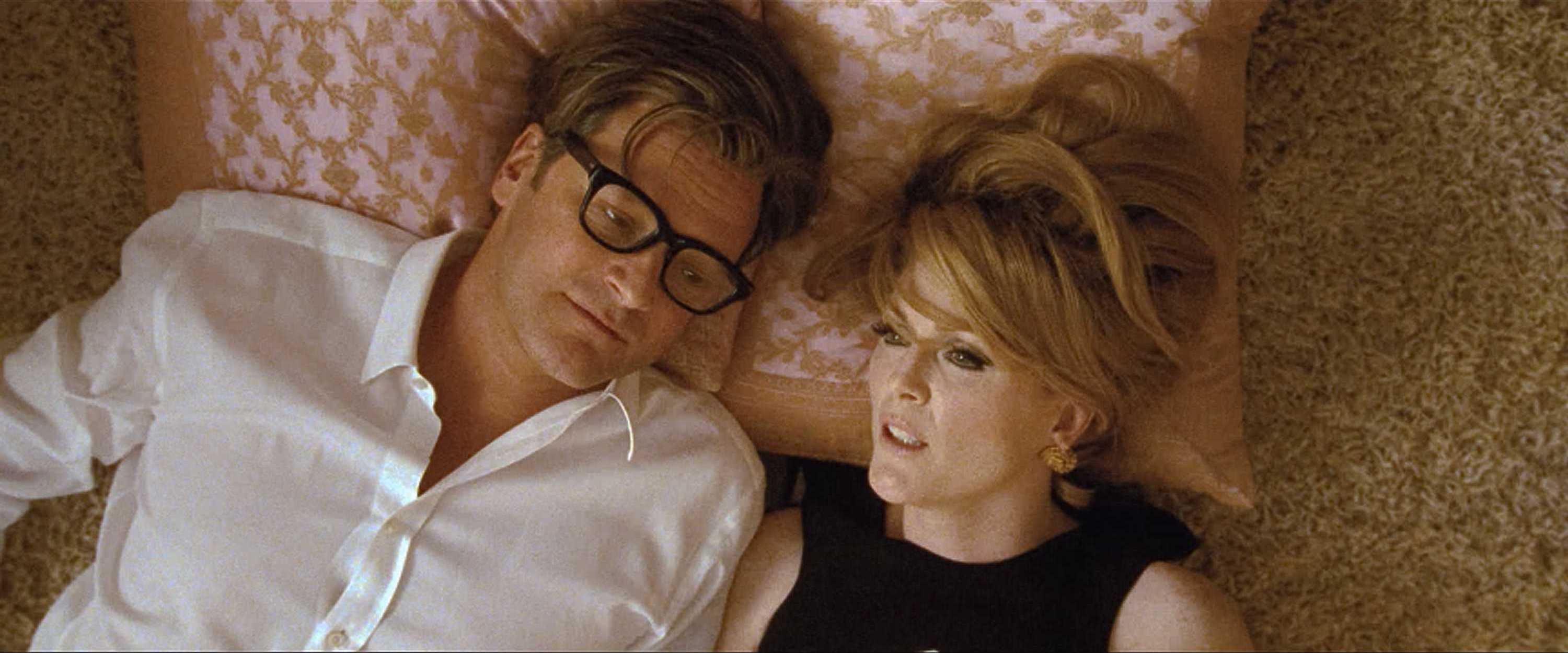
Fashion designer Tom Ford suddenly decided to make a movie, funded by himself, about the difficulties a 1960s homosexual man faces in his daily life.
It’s not a victim story, like most films nowadays that represent minorities. The main character is a human being; yes, he is gay, but that isn’t the main factor of his personality. He’s a charming and intelligent man, who is also a literature professor and looks passionate as he gives his lectures.
The sad part is that he can’t be himself anywhere but in his house with his boyfriend. The protagonist is trying to get over his lover’s tragic death in a car accident. Ford uses colors to express the emotional state of the main character, in the same way Lars Von Trier did with his third film, “Europa”.
The scenes where the protagonist is surrounded by judgmental 1960s people are grey and bleak; the ones in where he’s happy and comfortable acquire a cheerful palette of warm tones that, in addition to looking spectacular, serve as a window to the persona of Colin Firth’s character.
Firth’s acting is magnificent. His character is based around the director’s personality so his indications must have been very helpful, earning him an Oscar nomination for Best Actor in a Leading Role.
10. The Messenger
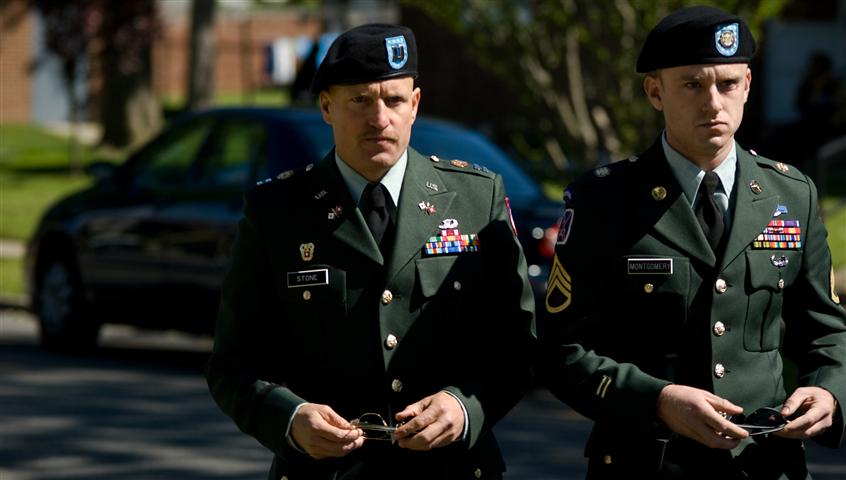
In some cases, the toughest part of war isn’t on the battlefield, but in the homes of the people who just lost a loved one they thought would soon be on his or her way home.
“The Messenger” is about the men who have the job to informing the news of casualties to family members, in the most respectful and serious way possible.
Although it doesn’t seem like a very difficult task at first, these soldiers find out what grief can do to a seemingly emotionally stable human being in a matter of minutes. Disbelief, despair, and desperation flood the ears of these messengers of unfortunate news. Family members scream at them with rage, with harsh sentences like “why aren’t you there? Why is my boy dead and you’re standing here in a comfortable suit?” being uttered.
Of course, both the messengers depicted in this film (Woody Harrelson and Ben Foster) have been in combat before, but that doesn’t matter when they tell families that they are never going to see their son or daughter again.
This is a very emotional movie that may hit some people hard, but it’s also interesting to see a side of real life that hasn’t been shown the way it should have been.
9. A Serious Man
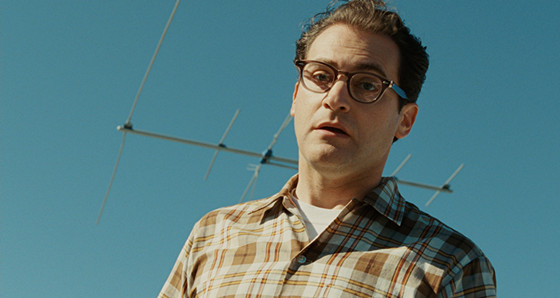
The main theme of this film is the randomness of life and how humans use religion as a tool to feel in control, when actually we possess less power over our existence than we wish to admit.
It depicts how we are just a few bad decisions away from paying for our wife’s secret lover’s funeral, or losing the benefits we’ve been hoping to get for years.
Black comedy, the Coen brothers’ specialty, isn’t missing from this tale. They get the audience to laugh at the ridiculous and random failures of the unlucky protagonist, though if we ask the main character, he’ll probably say his life is a bleak tragedy.
8. Fantastic Mr. Fox
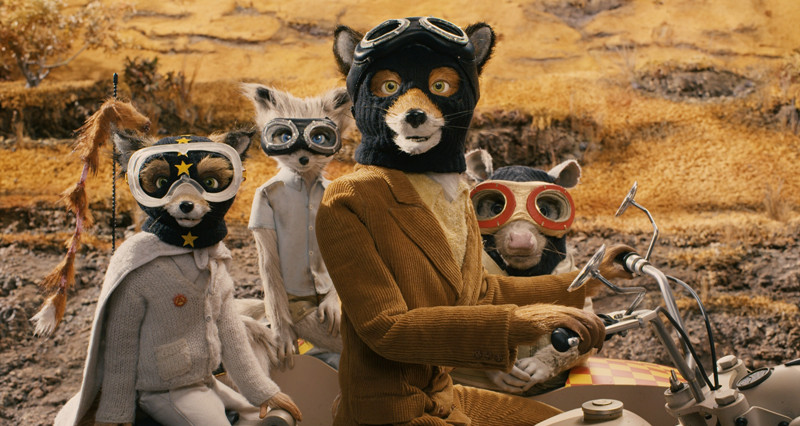
There is not one bit of scenery misplaced in the beautiful landscape of colors and emotion that this film offers. Everything looks handcrafted, and no one should doubt that is a product of hard work and a man with a vision.
It’s an original and funny tale of an everyday fox who wants to get his family a better life, but is unable to by traditional means. He’d promised to never become a thief again, but he is unable to overcome his true nature, and gets in a lot of trouble for it.
The voice performances overflow with creativity; they’re all recognizable and give up the character’s personalities with every word.
Wes Anderson’s incredible attention to detail boosted the stop-motion art form to never-before-seen ambitions.